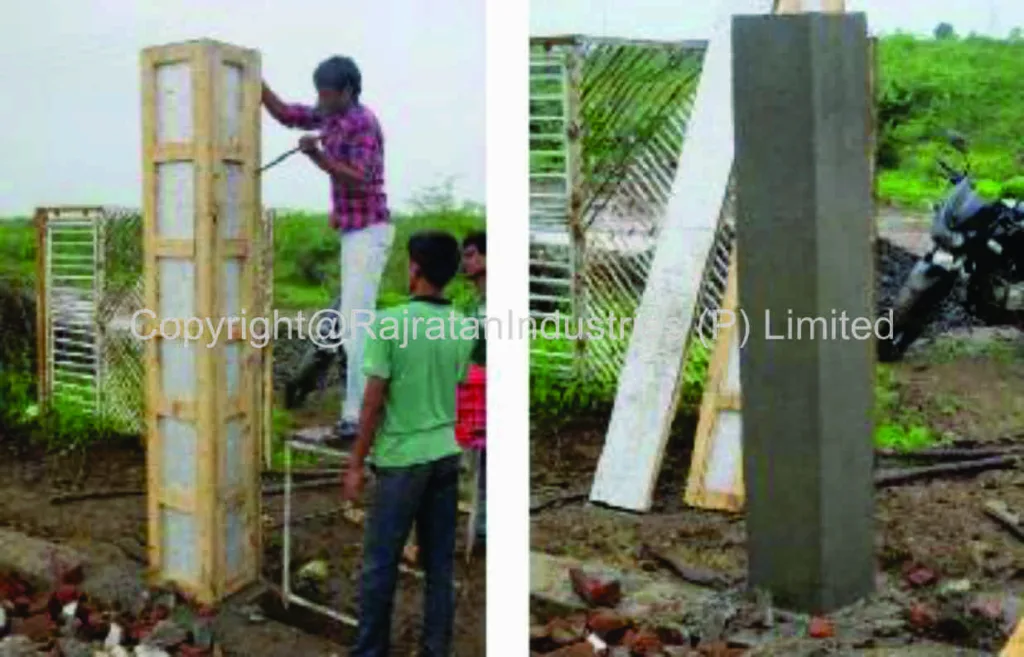
In the construction industry, terms like formwork, shuttering, and centring are often used interchangeably. However, each term has a unique meaning and application. In this article, we will demystify these terms and highlight their differences to help you understand their roles in construction projects.
What is Formwork?
Formwork refers to the temporary or permanent moulds into which concrete or similar materials are poured. The primary purpose of formwork is to provide structure and stability to the wet concrete mix until it hardens into the desired shape. Formwork can be made from various materials, including timber, plywood, steel, and plastic. The choice of material largely depends on factors such as cost, project requirements, and the desired finish.
Understanding Shuttering
Shuttering is a subset of formwork specifically designed for holding the wet concrete mixture in place until it sets. Shuttering is typically used in vertical structures such as walls and columns, where it provides the necessary support to the wet concrete until it hardens. Like formwork, shuttering can be made from different materials, but it is usually constructed from strong, durable materials like steel or plywood.
The Role of Centring
Centring, on the other hand, refers to the temporary structure used to support arches or domes during construction. It is a type of formwork that holds the weight of the wet concrete until it hardens and can support itself. Once the concrete is set, the centring is carefully removed, leaving behind a perfectly shaped arch or dome.
Formwork vs Shuttering vs Centring: Spotting the Differences
While all three—formwork, shuttering, and centring—play crucial roles in shaping and supporting concrete structures, there are key differences to note.
Formwork is a broad term that encompasses all types of temporary or permanent moulds into which concrete is poured. Shuttering and centring, meanwhile, are specific types of formwork. Shuttering is used for vertical structures like walls and columns, while centring is used for arches and domes.
Another key difference lies in their application. While shuttering is typically removed after the concrete sets, some formwork may remain as a permanent part of the structure. Centring, meanwhile, is always removed once the concrete hardens.
In conclusion, understanding the differences between formwork, shuttering, and centring can help to clarify their unique roles in the construction process. Each one plays a crucial part in shaping and supporting concrete structures, contributing to the strength, stability, and aesthetic appeal of our built environment.